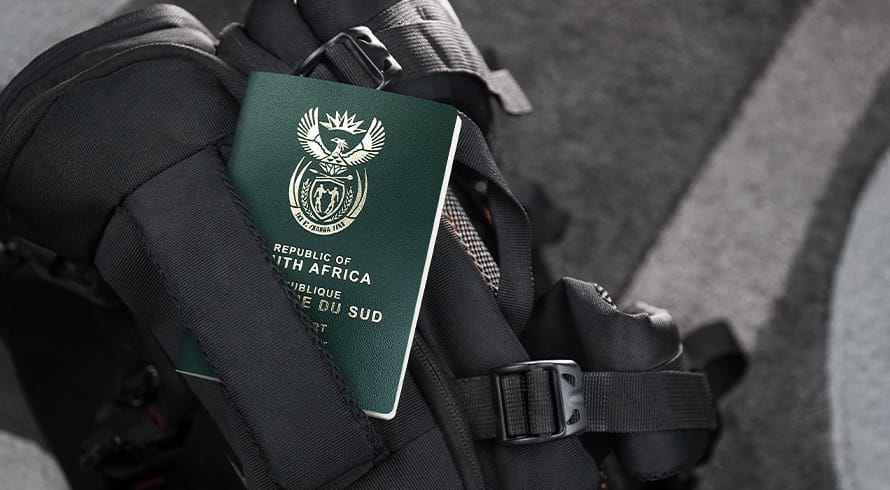At last, the managed service provider (MSP) model gains traction
The Issue
This dispute was first entertained, incorrectly so, by the National Bargaining Council for the Chemical Industry (NBCCI) which had no jurisdiction over Bidvest. The NBCCI found that the relationship between Bidvest and Nampak was a TES. An urgent application before the Labour Court sought to suspend the operation of the NBCCI decision pending a review to set it aside. The urgent relief was granted and the matter, by agreement between the parties, was referred to the CCMA for a Senior Commissioner to determine the dispute afresh.
The Facts
Bidvest provided a specialised warehousing service to Nampak in terms of a detailed service level agreement (SLA) which had been concluded between them. The core business of Nampak Glass is the manufacture of glass products. Once these products are ready to be released for despatch, Bidvest’s employees are responsible for palletizing and packaging the products ready for distribution to Nampak’s customers.
In a decision of the Labour Court, which was confirmed on appeal by the Labour Appeal Court (LAC), Bidvest commenced its operations at Nampak and took over the warehousing functions from Unitrans. A dispute arose about whether that transfer amounted to an s197 transfer of part of Unitrans’ business to Bidvest as a going concern. Both the Labour Court and LAC determined that the events triggered an s197 transfer.
The Labour Court found that:
“… the warehousing service provided by (Bidvest) to Nampak constituted an economic entity … or … an organised grouping of resources … .”
The Labour Appeal Court found that:
“… the service that was provided was that of warehousing. … The warehouse operation services constituted a discreet business … .” (the facts demonstrate) … “that the service … constitutes a business sufficiently demarcated to justify the conclusion that when this business was taken over (by Bidvest) … there was a transfer of a business as a going concern.”
The Applicants, in the face of this binding precedent, claimed that a TES relationship existed because:
- Nampak staff sometimes gave direct instructions to them
- The details of how Bidvest conducts its business at Nampak’s warehouse is contractually stipulated in the SLA and the standard operating procedures (SOPs) compiled, so they claimed, by Nampak with the result that Bidvest’s service was controlled directly by Nampak.
- They use the forklift trucks leased by Nampak.
- They make use of Nampak’s JDE software system which is an enterprise resource planning tool aimed at successful inventory control and invoicing.
The Evidence
- The Applicants claimed that all those factors demonstrated that they were an integral part of Nampak’s operations which smacked of a TES arrangement, but the evidence led indicated differently:
- Nampak’s staff rarely gave instructions to any of the Applicants as Bidvest had its own supervisory team at the warehouse to direct and control the carrying out of the Applicant’s duties. None of the Applicants who testified stated or even suggested that they did not report directly to Bidvest’s warehouse manager and its team of supervisors on a daily basis. There was unrefuted evidence that Nampak’s supervisor only gave direct instructions to an Applicant if it was to avert a health and safety hazard.
- Bidvest made use of its own administrative, financial reporting, payroll, disciplinary processes, induction training and it managed the Applicants.
- The SOPs were not drawn up by Nampak. Although the Applicants asserted that the SOPs carried Nampak’s logo’s, it was Bidvest’s warehouse manager who personally drafted and prepared them. Those Applicants who testified conceded that they were handed the SOPs and were required to sign for them by Bidvest.
- The Applicants argued that because the SLA indicates what “must” be done to satisfy Nampak’s requirements, this amounted to instructions issued by Nampak to them. However, in the evidence, none of the Applicants had even seen the SLA.
The Findings
The Commissioner correctly found that the SLA was not a sham as there was no evidence led suggesting the contrary. The Commissioner found, in line with recent LAC decision in Enforce Security Group v Fikile & Others (unreported: DA/24/15), that on the facts the SLA was based on “proper economic and commercial considerations”. The Commissioner reasoned that that is so because “Nampak had outsourced part of its operation to warehousing specialists” rather than attempting those functions itself.
Conclusion
The Commissioner found that no TES relationship was in existence and s198A had no application on the facts presented. There is room in our law for the recognition of a genuine outsource of services to an MSP, and this does not invoke the protections afforded to those eligible employees contemplated by the LRA.
The information and material published on this website is provided for general purposes only and does not constitute legal advice. We make every effort to ensure that the content is updated regularly and to offer the most current and accurate information. Please consult one of our lawyers on any specific legal problem or matter. We accept no responsibility for any loss or damage, whether direct or consequential, which may arise from reliance on the information contained in these pages. Please refer to our full terms and conditions. Copyright © 2025 Cliffe Dekker Hofmeyr. All rights reserved. For permission to reproduce an article or publication, please contact us cliffedekkerhofmeyr@cdhlegal.com.
Subscribe
We support our clients’ strategic and operational needs by offering innovative, integrated and high quality thought leadership. To stay up to date on the latest legal developments that may potentially impact your business, subscribe to our alerts, seminar and webinar invitations.
Subscribe




